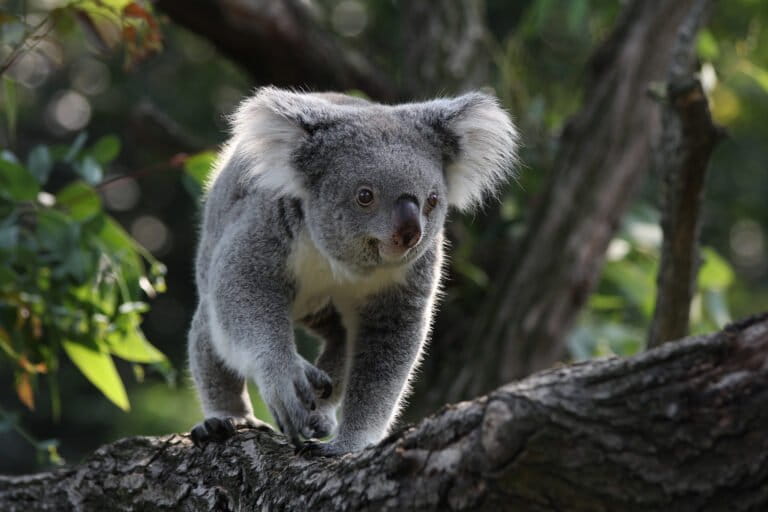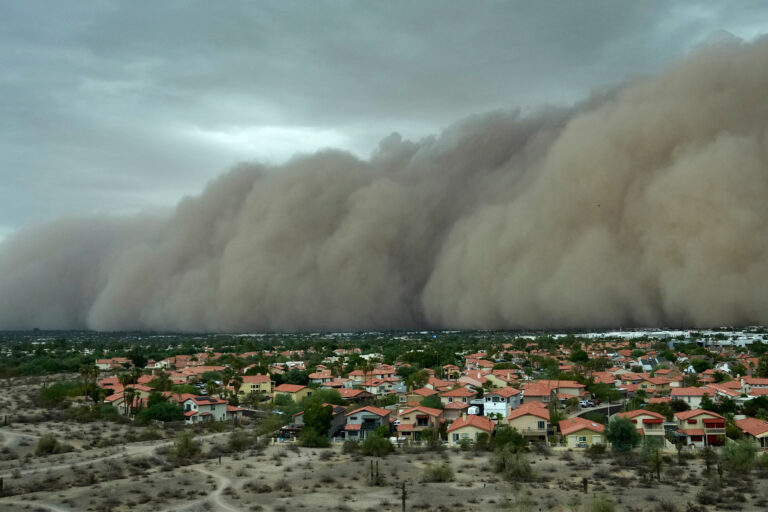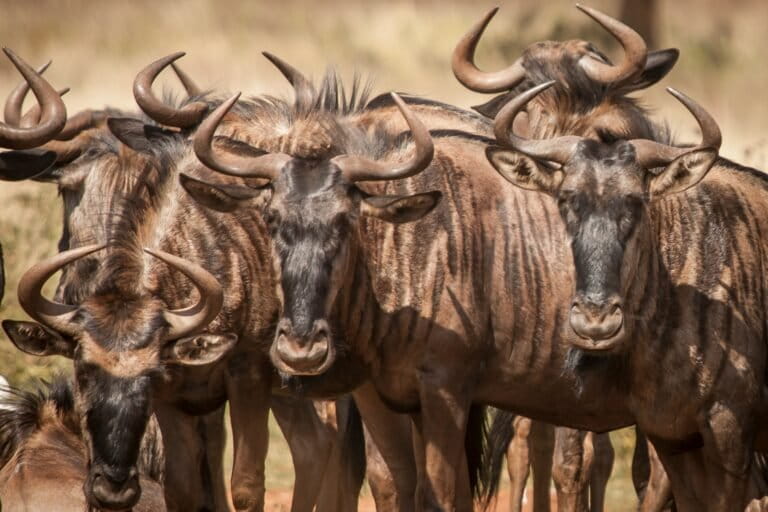- When the hunting grounds of pumas overlap with those of other top predators, such as wolves, bears and jaguars, pumas are often the losers, a new study has found.
- The findings from the study, a review of existing scientific literature, are especially important given how pumas are still being intensively hunted over much of their range in a bid to reduce conflicts with people and livestock, researchers say.
- In some puma habitats where wolves and brown bears are recolonizing and recovering, wildlife managers need to be cautious about hunting limits for pumas, the authors write.
The large, secretive puma (Puma concolor) may be at the top of its food chain, but it is not always the king of its territory.
Native to the Americas, the puma, also called the mountain lion, cougar, catamount or panther, often shares its habitat with several other top predators, such as wolves, bears, coyotes and jaguars. But when the hunting grounds of these predators overlap, the puma is often the loser, researchers report in a new study published in PeerJ.
By reviewing the scientific literature on competition between pumas and other predators, researchers have found that wolves, grizzly bears, black bears and jaguars often dominate pumas. In fact, pumas are subordinate to at least one other top carnivore in 47.5 percent of their range across North and South America. In turn, pumas seem to be dominant only over coyotes and maned wolves.
“I recognized the hole in my own understanding of mountain lions — I knew so little about their relationships with other animals,” said lead author Mark Elbroch, lead scientist for puma program at the global wild cat conservation organization Panthera. “A review seemed the ideal way to search for and find research on the subject.”

Among the top predators, wolves appear to have the strongest influence on mountain lions, dominating pumas on most encounters, Elbroch’s team found. This is likely because wolves hunt in packs and outnumber the generally solitary puma. Wolves often harass pumas, the authors write, and are also known to kill them.
Some studies also show that wherever the ranges of pumas and wolves overlap, pumas tend to avoid open areas and restrict their movements to forests and steep areas where they can easily escape from wolves. Pumas also sometimes switch their prey when living alongside wolves.
The interactions between grizzly and black bears and pumas is less studied, the researchers found. But the studies that exist show that bears often displace pumas from their kills. So pumas not only lose the food they hunted, but have to spend additional time and energy hunting more prey.
Bears taking meals from pumas. Video by Mark Elbroch/Panthera.

The study’s findings are especially important given how pumas are still being intensively hunted over much of their range in a bid to reduce conflicts with people and livestock, Elbroch said.
Hunting has wiped out mountain lions from the entire eastern half of North America, except for a small population in Florida. Today, pumas occur in parts of western North America, and Central and South America, where they continue to be hunted. In some of these areas, where wolves and bears are recolonizing and recovering, wildlife managers need to be cautious about hunting limits for pumas, the authors write.
“New wolves mean life for mountain lions just got a little bit harder,” Elbroch said. “So increasing pressure on mountain lions is the exact opposite of what our review suggests is needed.
“Ecosystems are complex, and we must be cautious,” he added. “When we hunt species already affected by numerous other species, we may unintentionally cause rapid declines in that species. To manage wildlife effectively, we must first understand how they fit into their ecosystems.”
However, there is a dearth of studies looking at interactions between pumas and other apex carnivores, Elbroch said. And the available research does not go deep enough to link the effects of competition on puma survival.
“It’s tough being a mountain lion, which only makes their resilience and ability to live among and in between us that much more remarkable,” Elbroch said. “They continue to amaze me.”
Banner image of a mountain lion by Rhett A. Butler.
Citation:
Elbroch and Kusler (2018), Are pumas subordinate carnivores, and does it matter? PeerJ 6:e4293; DOI 10.7717/peerj.4293














